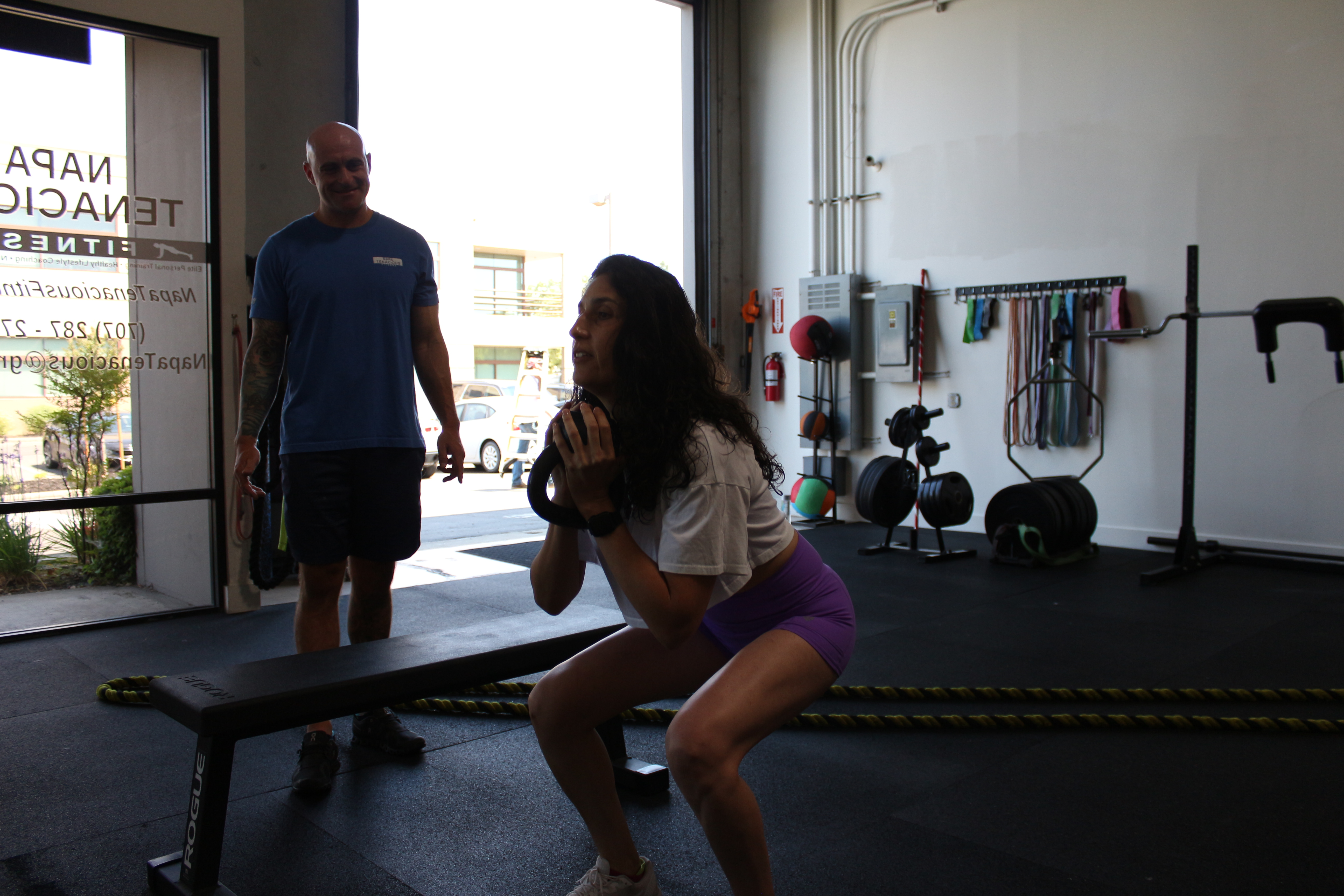The gift of existing in the world as bipedal organisms puts the human race at the top of the hierarchy in the animal kingdom. With a set of hands with opposable thumbs and the ability to walk, our body’s engineering makes us one of the most sophisticated and successful species on earth. While the skeletal structure of the human body is impressive in many aspects, one area that allows us to get out of bed, get in and out of our cars, traverse a set of stairs, and travel from our vehicle to our jobs includes a particular body part that is commonly overlooked: our feet. Until we get a case of plantar fasciitis, shin splits, bunions, lower extremity neuropathy, or a harsh case of sore soles of the feet after a long day of walking, we don’t necessarily understand how important the condition of our feet can be.
The connective tissue in the feet consists of a complex matrix of tendons, ligaments, blood vessels, nerves, and muscles. Made up of over twenty bones and a vast network of muscles, the human foot has many functional units, allowing us to walk, stand up, and conduct dynamic movements on our feet. The tiny bones of the feet, including the toes, metatarsals, and heel, hold the load of our body when standing, walking, climbing stairs, or running. Additionally, the neuromuscular signals throughout the feet harmoniously create coordinated movements in the toes, ankle, and lower extremities throughout most movements we conduct in our everyday lives. Therefore, appreciating the structural integrity and conditioning of the foot muscles can’t be overstated.
Foot pain can arise from sedentary activities in which the foot is stationary for a prolonged period. The lack of blood flow and neuromuscular engagement can cause a decrease in muscular tone, hindering the ability of the foot muscles to maintain sufficient muscle mass and coordination. A lack of physical activity can lead to a decrease in athleticism and coordination, which contributes to rolling ankles, stubbing toes, and the risk of falling. Additionally, periods of inactivity increase the liklihood of injuries due to the lack of muscular conditioning and the foot muscles’ inability to manage the stress of everyday life when walking and bearing weight on the feet throughout a normal day. The combination of being on one’s feet for hours on feet lacking strength and muscular endurance, and is not used to taking ten thousand or more steps per day can lead to bruising to the sole, collapsing of the foot arch, or pain in the ankle and shin area. If our goal is to recover foot pain and mitigate the likelihood of further maladies within the foot, intervention and maintenance routines must be consistently followed.
When our personal training clients report foot pain, the first tactic is identifying what issues worsen the pain. If standing at the workplace seems to be the primary culprit for foot pain, perhaps strategically integrating periods of fifteen minutes sitting down with the feet propped up on a chair could help. Paving out a portion of your day to set aside two or three fifteen-minute gaps in which a timer is set and the feet are propped on a chair off the ground is a simple solution that doesn’t need a doctor appointment or a list of fifteen physical therapy exercises that must be performed twice a day.
We recommend ankle and foot stretches and resistance training exercises to our personal training clients. While strength, muscular endurance, and mobility are unquestionably important in mitigating undesirable foot issues, it’s also worthwhile to understand a simple physics equation: force = mass multiplied by acceleration. Mass in this equation is our body weight, and gravity combines with our body mass to anchor down to the ground. If the body has excess fat mass contributing to the overall weight residing over the feet, the feet are going to have to support more force being pressed down upon the tiny little bones responsible for holding our body upright. If adjustments toward lessening overall fat mass haven’t been addressed when foot pain is present, another low-hanging fruit toward resolving foot pain could be losing weight.
A simple and effective exercise tactic for strengthening the feet we conduct in about ninety percent of our personal training clients’ exercise prescriptions is plantar flexion, commonly known as calf raise exercises. This tactic assists in maintaining the muscles that are responsible for bringing the heel up and down throughout walking movements. Here is an example of a plantar flexion exercise:
Isometric plantar flexion: While standing upright, lift the heels off the ground until a brief muscular activation sensation is experienced in the gastrocnemius muscles. Ensure to press on the balls of the feet and avoid letting the feet roll out to the side. Maintain this position for fifteen to thirty seconds.
Foot pain is no fun. And, doctors and podiatrists are invaluable assets to the success and production of the human race. However, when foot pain arises, we can resolve a few issues before booking a visit to a medical professional to assess foot pain. A few first steps toward helping the feet could be as simple as resting more, ensuring we’re getting enough steps throughout the day, managing the composition of excess fat mass on the body, and ensuring the muscles of the feet get the attention they need throughout exercise sessions.
Sean McCawley, the founder and owner of Napa Tenacious Fitness in Napa, CA, welcomes questions and comments. Reach him at 707-287-2727, napatenacious@gmail.com, or visit the website napatenaciousfitness.com.

